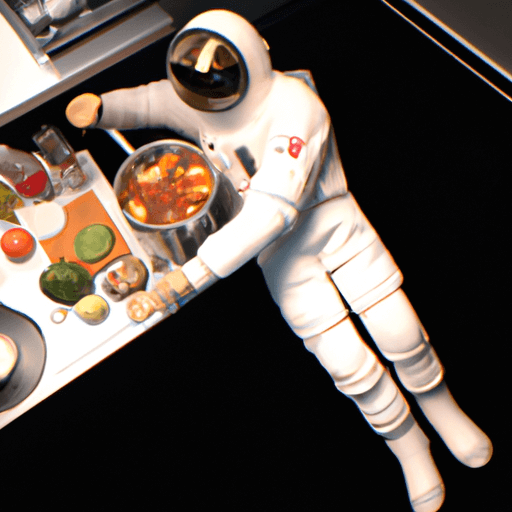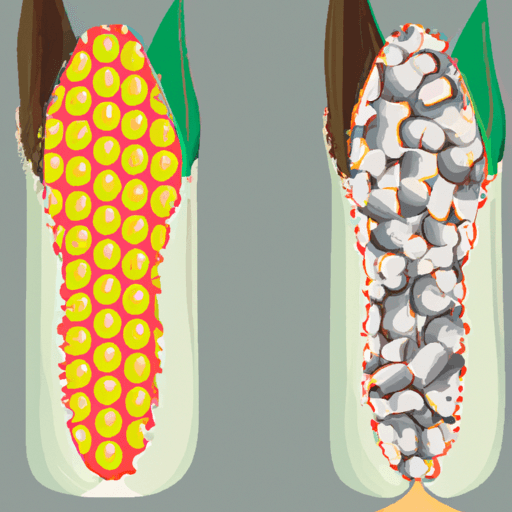Exploring Culinary Fusion: A Blend of Cultures and Tastes
Whether it’s the blend of Texan and Mexican in Tex-Mex or the coming together of different forms of Asian cuisine in Pan-Asian food, culinary fusion has had a fascinating evolution. This culinary trend has not only reshaped menus across the world but also shaped how we view food culture.
Historical Context and Evolution of Culinary Fusion
The evolution of culinary fusion is intertwined with the history of human migration, trade, and colonization. The first blends of flavors and ingredients from disparate regions can be traced back centuries. For instance, the impact of the spice trade routes brought about a confluence of flavors in Middle Eastern and Asian cuisines.
However, it was in the late 20th century, with the advent of globalisation, that culinary fusion truly started to gain prominence. Increased global travel and intermingling of cultures gave rise to this exciting trend.
Examples of Culinary Fusion Around the World
Fusion cuisine is vibrant and diverse, here are some examples:
- American Chinese Cuisine: This cuisine emerged as Chinese immigrants to America modified their traditional dishes to suit the local palate. This birthed dishes like General Tso’s Chicken, fortune cookies, and chop suey.
- Tex-Mex: This blend of Texan and Mexican cuisines gave us nachos, burritos, and fajitas – food items that are now widely loved around the world.
- Pan-Asian Cuisine: It combines ingredients, traditions, and techniques from different Asian countries to create new flavors.
Impact on Global Cuisine
Fusion cuisine has led to incredible diversification of the culinary world. It has allowed us to taste the blending of cultures from our local restaurants, and it has significantly driven food culture, restaurant trends, and culinary innovation. Moreover, it has also fostered a broader understanding and acceptance of different cultures.
Culinary Fusion: Support or Diminishment of Cultural Identity?
This is a topic of ongoing debate. One perspective views culinary fusion as a celebration of cultural diversity. It represents a global exchange, where cultures share and borrow the best of their culinary practices. Conversely, others feel fusion may lead to the dilution or loss of traditional culinary identities.
A Look into the Future
As culinary innovation continues and as we become more global in our food choices, we can expect culinary fusion to become even more exciting and prevalent. We may even see more glocalized food – global food concepts adapted with a local twist.
The future of culinary fusion, however, also demands a careful balance – to appreciate and innovate, without diminishing the rich heritage that each cuisine brings to the global table.


















Comments
Leave a Comment